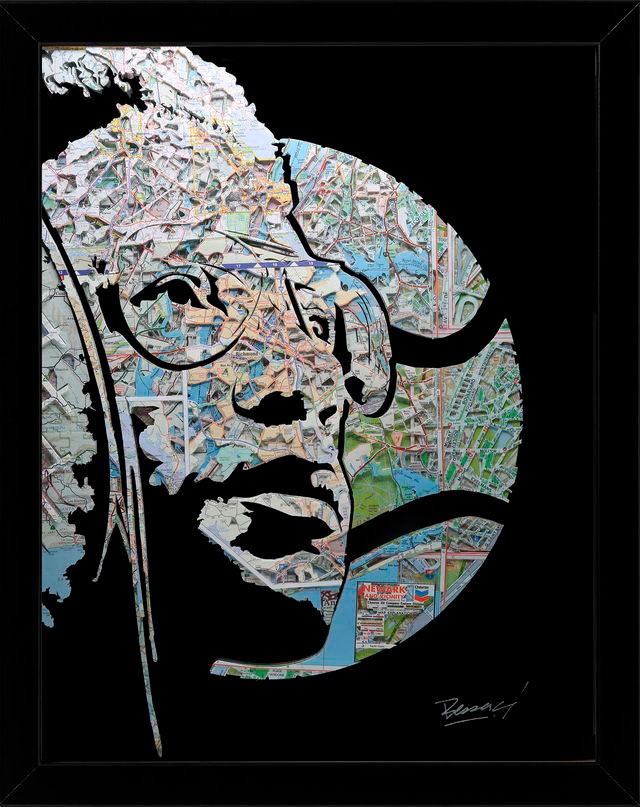Upgrading AAG’s Investment Portfolio and Benchmarks


In June 2022, AAG made a significant change to its investment approach by adding ESG screens to its portfolio. ESG stands for environment, social, and governance, and it offers investors a way to align their values with decisions about their stock holdings.
While it has always been possible to screen holdings actively, there are several reasons this approach is challenging for professional academic organizations like AAG. Active management of funds costs 2-3% more, and unless it allows one to chase the highest-performing stocks, it does not make financial sense. All other things being equal, over 30 years a difference like this results in a 74% reduction in returns. Active management also requires some way to avoid risk in investments and to make informed selections of stock holdings.
So, why don’t we just invest in bonds or something safe? In fact, there is a law that requires organizations like AAG to seek a reasonable return on endowed funds called UPMIFA. When AAG agrees to manage endowments for awards and other member benefits, it agrees to seek returns sufficient to fund them in perpetuity. In addition, we must remind ourselves that these funds are used to pay for things closely aligned with our mission. In 2025, for example, AAG funds helped 471 students attend the annual meeting. Investments pay for mission-related support like this.
To generate sufficient returns over time, investment earnings must exceed the costs of the investment platform and inflation in addition to the awards themselves. A typical approach is to maintain a broad portfolio that buffers against market downturns (as in 2023) and benefits from market upturns (as in 2024-5). AAG has done this for many years with a 50/50 split of bonds and diversified stock holdings. To avoid paying active management fees, it works with an investment advisor and automatically rebalances its stock holdings to seek returns and diversification.
ESG screens are a relatively new option that has the lower costs of passive investing while still allowing for values-based approaches. When AAG switched over to an ESG approach in 2022, we had to choose up to three screens from a list of 20. We selected fossil fuels, environment, and social justice. The returns over the next two years tracked the broader market closely, allowing us to meet our UPMIFA obligations and secure good returns for our mission awards and programming.
This fall, AAG added a fourth investment screen to guide its portfolio of endowed and board-restricted funds. As part of the due diligence in response to the recent member petition, our analyses revealed eight military weapons investments in our portfolio. One of the 20 screens offered by our investment company is military weapons. I enquired about whether adding that screen would cover the eight companies in question. In addition to affirming that the new screen would cover the companies in question, we also analyzed whether adding this as a fourth screen, rather than swapping one of the original three, was possible. This analysis yields a “tracking error” estimate that the industry uses to assess whether the options in the remaining funds after screening are likely to produce sufficient returns. Thankfully, the tracking error was low enough to add it as a fourth screen, which we did immediately. Once the screens were reflected in AAG holdings, I compared them with two human rights divestment benchmarks (the UN human rights and the American Friends Service Committee). Happily, we were now completely aligned with both funds.
This exercise brought up a new question. How do we know whether the ESG screens are performing as intended? Indeed, the ESG ratings are based on detailed compilations of Morningstar, a large, national investment firm. However, even a well-established company like this is susceptible to political pressure. Recently, it reported that it altered its human rights assessments and ratings in response to a coalition of states raising objections to its methods. Even without this example, we know all methods like this are fallible in one way or another. So, how can we continue with ESG screens but assess their performance?
To accomplish this, I recently proposed to the Finance Committee that we adopt external benchmarks to provide a thorough evaluation. The AAG Finance Committee assists AAG in overseeing its budget and investments. For each screen, we will work with stakeholder groups at AAG to identify the best possible benchmarks and then compare our holdings. In addition to the two mentioned above, we are considering Gogel for oil, coal, and gas, and Norges Bank for environment, social justice, and fossil fuels. Collectively, these four benchmarks offer us a way to monitor our ESG screens. Performance would be calculated at least once a year and reported to the Finance Committee and Council. From time to time, AAG would also conduct a more in-depth review of options for value-based screening options.
Collectively, these approaches help AAG set a new standard in investments for professional societies. Our efforts to conduct due diligence as part of the petition process have pushed AAG to define these practices. We remain fully committed to balancing our responsibilities to achieve funding for our awards and member services, while maintaining our values-based organization.
Please note: The ideas expressed by Executive Director Gary Langham are not necessarily the views of the AAG as a whole. Please feel free to email him at glangham [at] aag [dot] org.
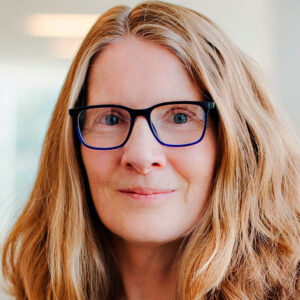 Jennifer Clapp is this year’s AAG Honorary Geographer. She is recognized for her groundbreaking work at the intersection of global economy, food systems, and food security, along with her commitment to praxis, including her current service as a member of the International Panel of Experts on Sustainable Food Systems (IPES-Food), and her previous service on the Steering Committee of the High-Level Panel of Experts on Food Security and Nutrition (HLPE-FSN) of the United Nations Committee on World Food Security (CFS) from 2019-2023 (vice chair 2021-2023).
Jennifer Clapp is this year’s AAG Honorary Geographer. She is recognized for her groundbreaking work at the intersection of global economy, food systems, and food security, along with her commitment to praxis, including her current service as a member of the International Panel of Experts on Sustainable Food Systems (IPES-Food), and her previous service on the Steering Committee of the High-Level Panel of Experts on Food Security and Nutrition (HLPE-FSN) of the United Nations Committee on World Food Security (CFS) from 2019-2023 (vice chair 2021-2023).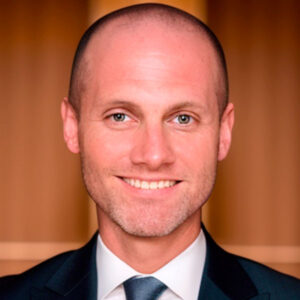 Anthony Howell is the new Geographic Methods editor for the Annals of the American Association of Geographers. He is an associate professor, director of the Center on Technology, Data, and Society (CTDS), and senior sustainability scientist at Arizona State University. Howell brings to the editorship at Annals a background in computational, geospatial and quantitative social science methods. He currently serves as an associate editor for two journals (Progress in Economic Geography and Urban Governance) as well as having served as a guest co-editor for Economic Modeling. He works across several subspecialties in geography, including economic geography, industrial geography, development geography, and population geography, as well as the broader social sciences.
Anthony Howell is the new Geographic Methods editor for the Annals of the American Association of Geographers. He is an associate professor, director of the Center on Technology, Data, and Society (CTDS), and senior sustainability scientist at Arizona State University. Howell brings to the editorship at Annals a background in computational, geospatial and quantitative social science methods. He currently serves as an associate editor for two journals (Progress in Economic Geography and Urban Governance) as well as having served as a guest co-editor for Economic Modeling. He works across several subspecialties in geography, including economic geography, industrial geography, development geography, and population geography, as well as the broader social sciences.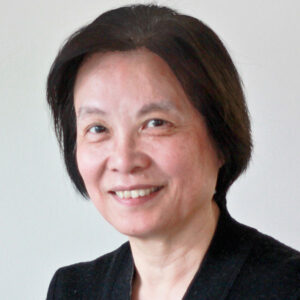 We thank longtime, outgoing editor Dr. Ling Bian, an AAG Fellow and professor in the Department of Geography at the University at Buffalo. Dr. Bian has been the Geographic Methods editor of the Annals since 2018, and also serves or has served on the editorial boards of numerous geography and GIScience journals, as well as on review panels for the National Science Foundation and the National Institutes of Health. Her current research interests include conceptual and analytical frameworks for the representation of dynamic geographic phenomena, individual-based and spatially explicit modeling of health behaviors, and spatial networks. During her tenure as an Annals editor, Dr. Bian has dedicated her efforts to advancing the geography discipline by promoting intellectually in-depth and socially relevant research outcomes.
We thank longtime, outgoing editor Dr. Ling Bian, an AAG Fellow and professor in the Department of Geography at the University at Buffalo. Dr. Bian has been the Geographic Methods editor of the Annals since 2018, and also serves or has served on the editorial boards of numerous geography and GIScience journals, as well as on review panels for the National Science Foundation and the National Institutes of Health. Her current research interests include conceptual and analytical frameworks for the representation of dynamic geographic phenomena, individual-based and spatially explicit modeling of health behaviors, and spatial networks. During her tenure as an Annals editor, Dr. Bian has dedicated her efforts to advancing the geography discipline by promoting intellectually in-depth and socially relevant research outcomes.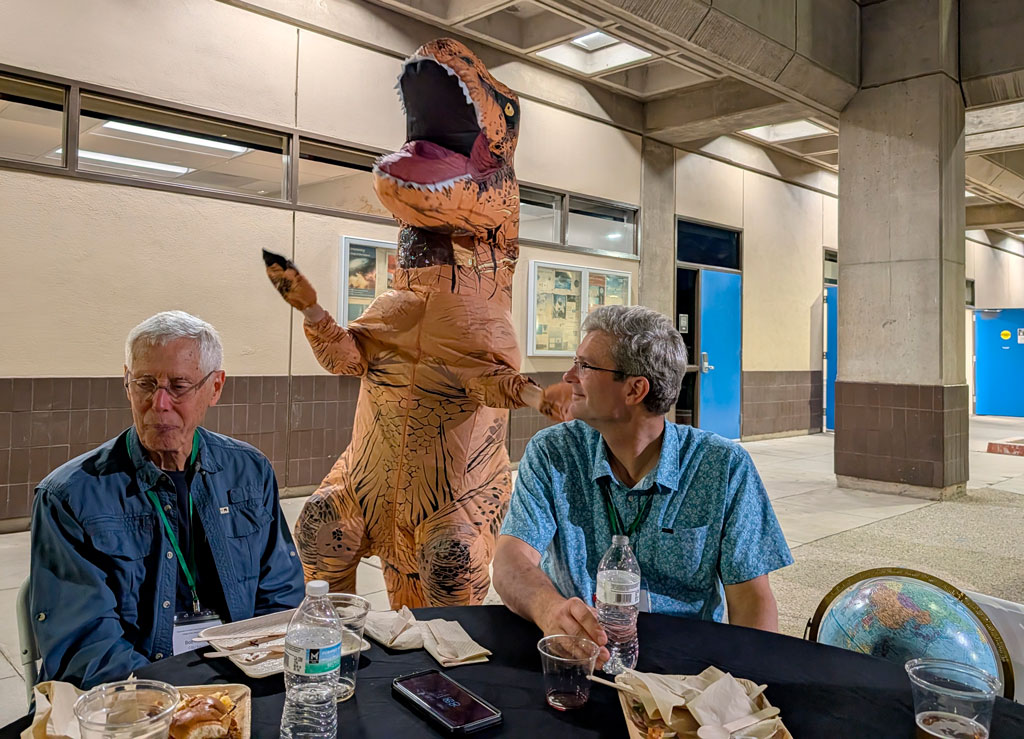

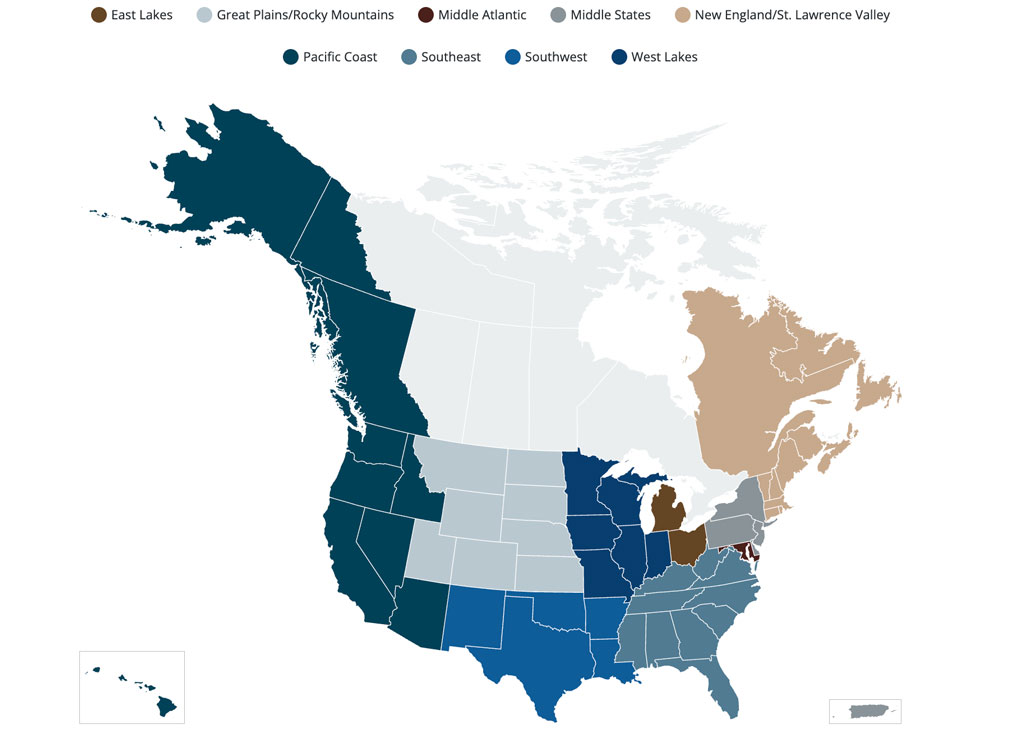
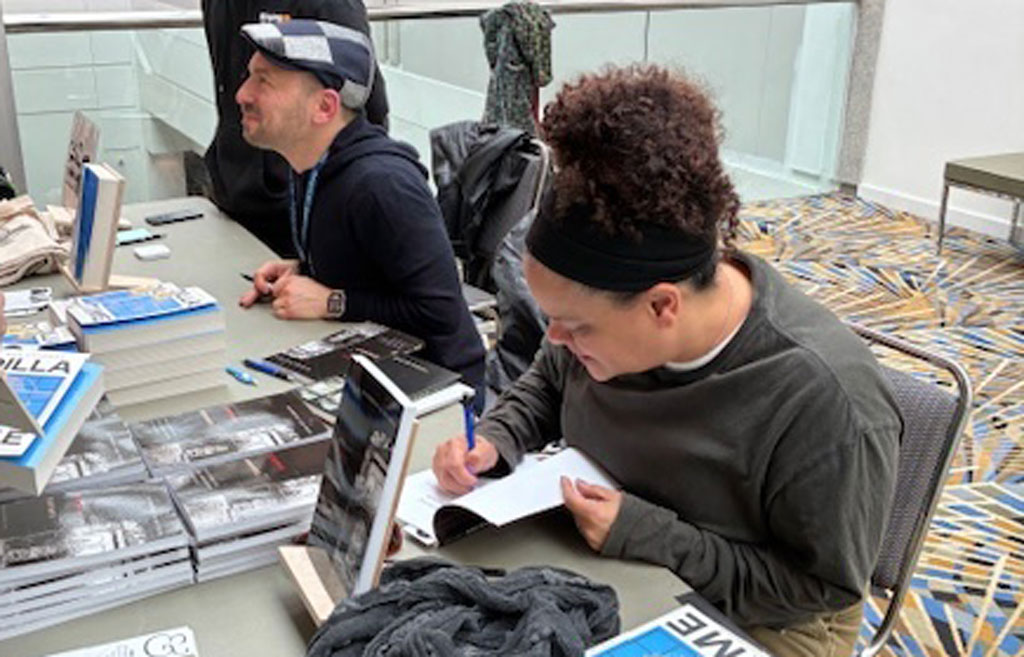

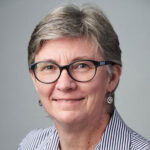 This is the sixth of a short series of perspectives by 2024-2026 Council Treasurer Antoinette WinklerPrins — a series designed to help illuminate some of the financial challenges a professional organization such as the AAG faces. In this column, she offers perspectives on the financial aspects of running the AAG Annual Meeting.
This is the sixth of a short series of perspectives by 2024-2026 Council Treasurer Antoinette WinklerPrins — a series designed to help illuminate some of the financial challenges a professional organization such as the AAG faces. In this column, she offers perspectives on the financial aspects of running the AAG Annual Meeting. 

